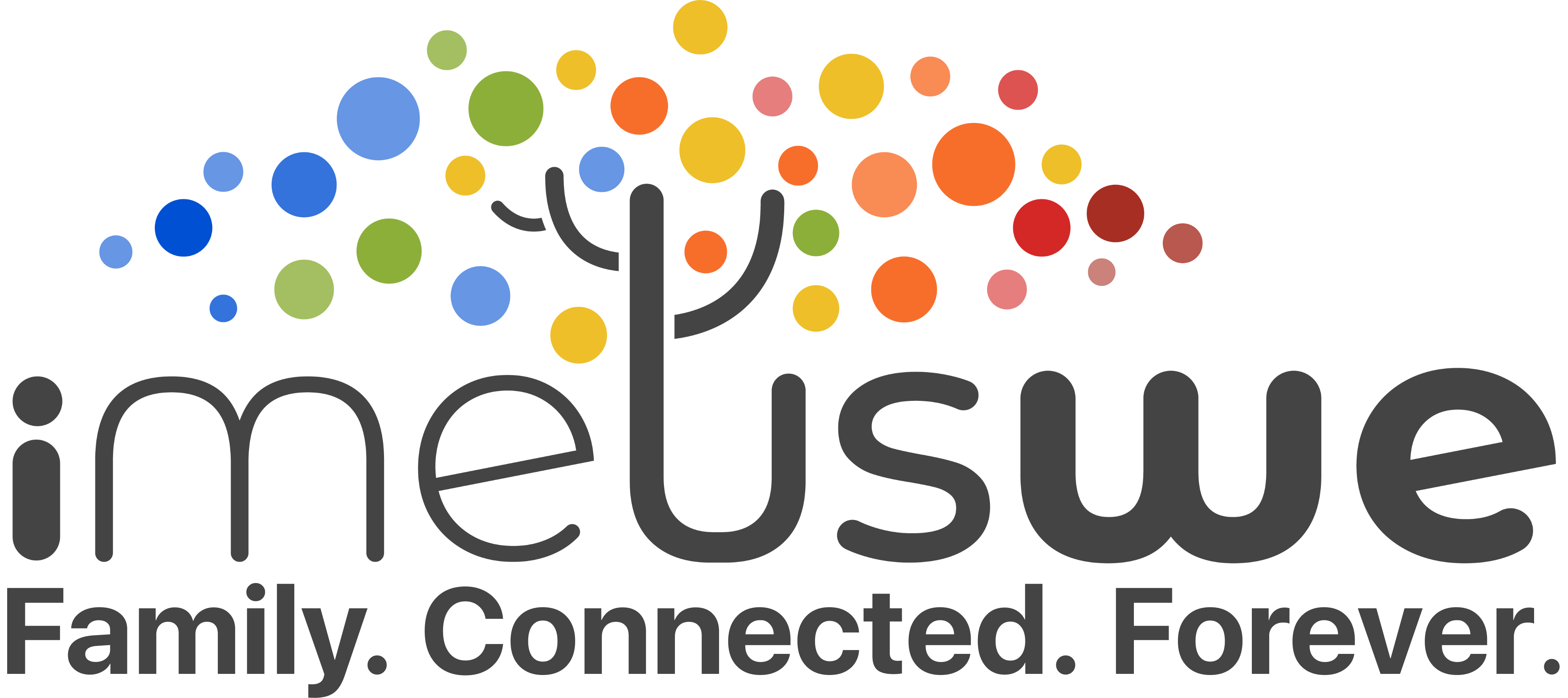Tracing your family history is a great way to uncover ancestors and relatives who might be unknown to you. Tracing Your Family History helps you get the stories behind your relatives. It can be used to get access to birth records, marriage certificates, death certificates and more. The basic idea behind tracing your family history is that there are a lot of people out there with the same surname as you, and if they lived in the same time period (and could even share the same name), they might be related to you in some way. It’s important to understand where you came from and where you’re going, so it’s a good idea to trace your family history. The process of tracing your family tree is called genealogy.
Your family history is a fascinating and unique part of your life. It’s the place where you’ve lived, the people you’ve interacted with, your relationships and even your hobbies. Family history can be a great way to connect with your family and learn more about their lives. As we all know, tracing our family history is not an easy task and requires a lot of time and patience. You can use different tools on the internet to trace your family tree but I am going to share with you 3 simple steps to trace your family tree on IMeUsWe:
- Use the right records. Start with an accurate census or birth certificate. If you start with a census or birth certificate, then you’ll have a clear starting point for your research. It will record basic information, such as name, age, place of birth and date of birth. But it won’t include any additional information unless someone filled out a form or answered questions on their own. IMeUsWe is the online genealogy resource to explore. You can find your family tree and even download it as a PDF to print out and keep.
- Look for a good place to start. If all else fails, use IMeUsWe that allows you draw a family tree from the results of your research. The more people on your tree, the more thorough and detailed your research will be
- Join an online community of researchers like IMeUsWe who can help you with your research and answer any questions you may have. Learn About Your Family History is by talking with your relatives or reading their letters or diaries or other personal writings that they left behind. These might be letters written by loved ones, newspaper articles about an event in history, photographs of them when they were younger … even the labels on food cans that they kept around the house!
Your great-grandparents might have written down their memories in diaries or underlined important events in letters they wrote home from wartime camps in World War I or during the Civil War. Or perhaps one of them would have made notes when he was in school
It’s important to know about your family history, even if it’s not all you want to know about at this point in time. It’s also valuable to know your family tree, which can help you find people with similar characteristics. Because genealogy isn’t just about the big moments of life, it can help you find things that are likely associated with your family.
Names of the parents. If you’ve got it, this is probably the easiest information to find. The name of one parent will often be on any document that documents the child’s birth, such as a birth certificate or an obituary in a newspaper. The other parent’s name may be on the birth record if they were in attendance or recorded in a home visit by an official like a doctor or midwife.
Birth dates and places. If someone died young, chances are good we’ll find their birth record — it’s usually easy to trace their parents through probate records (death certificates for deceased individuals). You can also determine when their parents were born by reviewing marriage records (a marriage certificate usually is at least part of the way through when identifying parents). And if they’re still alive when they get married, chances are good that they were born sometime close to that date.
Marriages between siblings are one of the most valuable sources for tracing family trees because each marriage creates a new link in the chain connecting one sibling to another sibling. Many genealogists will focus on marriages between siblings because they tend to have valuable information about their ancestors, including where they lived during
We’re all related in some way, shape or form, but when it comes to our genetic heritage, many of us have only a vague idea of who our ancestors were.
Interesting Articles
- DNA Privacy Tips: How To Keep Your Genetic Data Safe
- How Clan and Gotra Shape Indian Surname Origins
- Patronymic and Matronymic Traditions in Indian Family Stories
- How Can I Check My DNA? How Does DNA Differ from Person to Person?
- Understanding Inherited Cancer Risks: How Genetics Impact Your Health
- The Evolution of Indian Genealogy: Digital vs. Traditional Methods
- Depression and Anxiety: Unravelling the Genetic Connections
- What You Need to Know about DNA Testing for Family History
- Understanding the Costs of Genetic Testing and What You Can Expect
- Kartik Purnima: A Celebration of Faith, Purity and Indian Heritage
